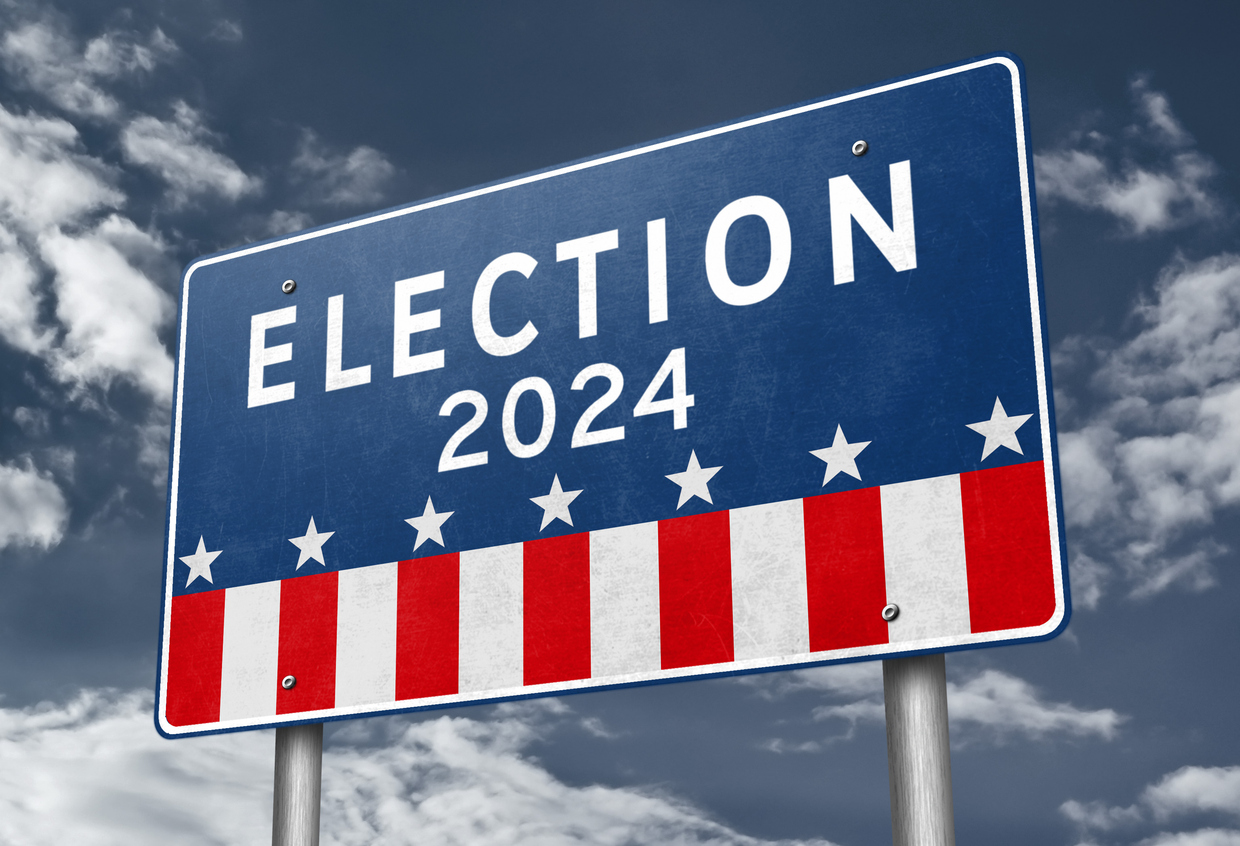Gil’s Musings
Election Posturing

As we head into election season, you will surely hear more rhetoric claiming that the rich don’t pay their fair share of taxes. Warren Buffett is famous for once saying that he paid less in taxes than his secretary did. If Warren really wanted to fix this, he could simply declare a dividend for Berkshire Hathaway stock. He won’t do that because the lack of a dividend on his $ 100 billion position helps him avoid taxes on potentially $2 billion in annual distributions. This means he is craftier than he is noble.
Although unlikely to change the mind of a friend who holds to a one-gives-all-and-all-give-none philosophy, I thought I would give you a few tools to defend the position about the fairness of the tax code. First, the top 10% of earners in the US pay 76% of all the taxes. They do this while earning only 52% of all income. There is a distinction between earning from work versus earning from investments. That’s because capital invested is treated differently since it has already been taxed.
You will surely hear how low corporate taxes are at a mere 21% of earnings. But when those corporate earnings are distributed as dividends the stockholders are taxed at a maximum rate of 23.8%. Those are the same dollars being taxed twice. Don’t let anybody tell you those tax rates are low. The government simply takes a 40% tax and breaks it into two components.
Now, there are some tax advantages for holding assets for a very long time. The most powerful is the step-up in basis rule, which allows capital gains tax forgiveness at death for unrealized appreciated assets. Two years ago, the Democrats made a run at changing how gains are taxed. They proposed taxing unrealized gains using a pay-as-you-gain method. They also tried to eliminate the step-up rule to make gains taxable at death.
The ramifications of that would be catastrophic in several examples. For one, at death Uncle Sam takes 40% of assets above $13 million per person, including unrealized gain. Imagine how unfair it would be to have a 23.8% capital gains tax apply and then a 40% tax on the same dollars. Family fortunes would get wrecked at death, leaving them only pennies on the dollar. Remember also that realized gains are taxable when sold, but realized losses are not deductible ($3000 annual cap). This arrangement gives the government a stake in your winnings but no real stake in your losses.
Another example: In a mark-to-market tax system, how does a ranch owner with minimal cash flow support the taxes on his appreciating land? It’s not particularly easy to sell off just one leg of the golden goose. And who would price such an asset? The market for appraisers would go bonkers, and grifting and bribery would be rampant. And what would happen in periods of market decline? Imagine a several trillion-dollar tax refund with a 2008-style market meltdown. Or would that, too, be a one-way street benefitting the IRS, like realized losses currently do?
These topics make for great banter, but expect no progress because the issues are not simple, and any “solution” would create its own problems. However, typical election-year maneuverings are a certainty. I guess we could always give the illusion of creating other benefits for the masses. Maybe like student loan forgiveness? Precisely!
Please see IMPORTANT DISCLOSURE information.